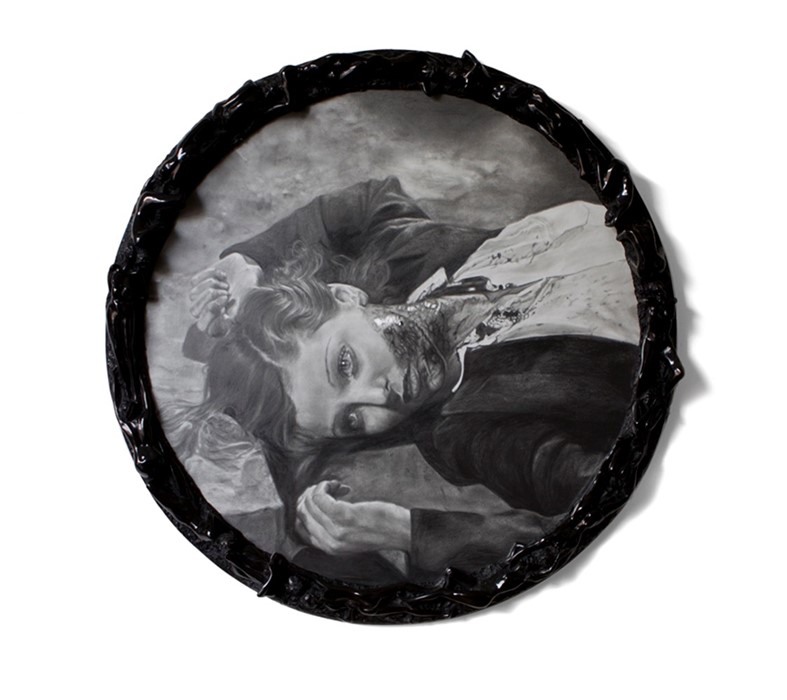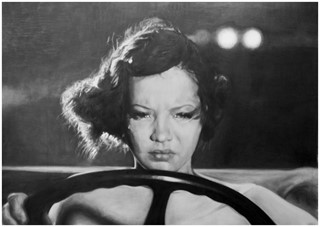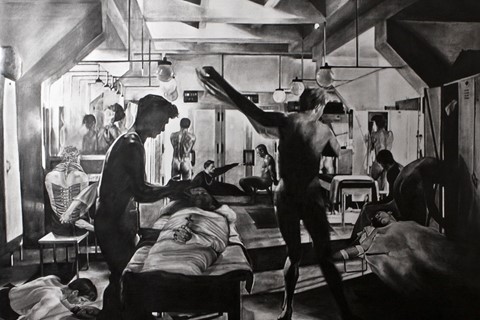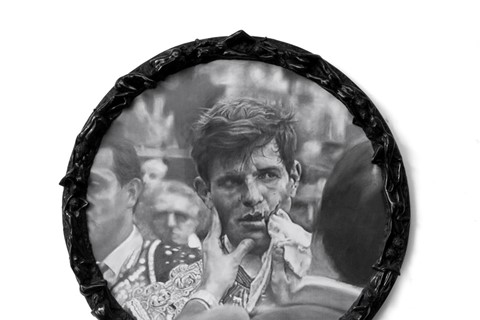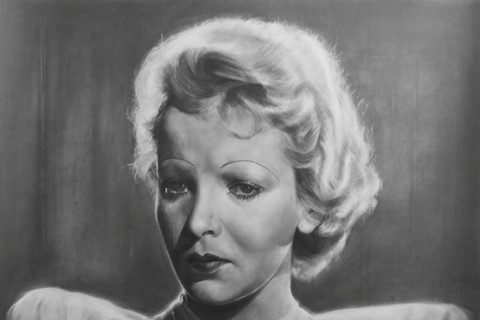Phoebe Collings-James reflects on Nina Fowler's monographs of Pre-Code Hollywood and their uneasy relevance in 2015
Last week, London’s The Cob Gallery hosted a screening of Merrily We Go To Hell, a Pre-Code classic directed by Dorothy Arzner in 1932. The screening was followed by a discussion panel lead by film historian and theorist Dr Margherita Sprio, where I was invited alongside film producer Hamish McAlpine, activist Katie McCrory and artist Eloise Fornieles to join a conversation in relation to the cinematic renderings of artist Nina Fowler.
Nina Fowler’s work looks to a so-called bygone era of cinema, her finely-described drawings collapsing the glamour of the age by highlighting moments of anguish and irreverent sexuality. The scenes are not usually lifted directly from the movies, but are instead carefully constructed depictions of the real-life scandals revealed in books like Kenneth Anger’s Hollywood Babylon.
The Pre-Code era ran from the late 1920s, just as sound was first being used in film, until 1934 when the censorship guidelines known as the Hays Code were introduced (however, the enforcement of new legislation was weak, and the distinctive freedom of this time can be seen in movies right up to 1968). Their signature themes were open marriages, homosexuality and a flagrant celebration of alcoholism during the height of prohibition, but they also reveal a darker reality: the real options for women who did not have or indeed want a man to support them. A tragic example can be found in the 1932 picture Faithless, which sees Tallulah Bankhead playing a greedy high-society girl, who takes a tremendous fall from grace having ignored her father’s good advice and finds prostitution left as her only option (a classic Pre-Code trope).

The relationship depicted between the female body and the economics of America in Pre-Code cinema feels like an unsettlingly familiar parallel to the time we are living through now. Artist Eloise Fornieles picked up on this in a scene towards the end of Merrily We Go To Hell, when the lead female character Joan has decided to be a 'modern woman' and beat her husband at his own adulterous game by going on a date with another man. The characters roll around the bar with a group of careless lushes and it was at this moment that the man runs his finger down the crease in Joan’s back, commenting that, “this is the only depression.”
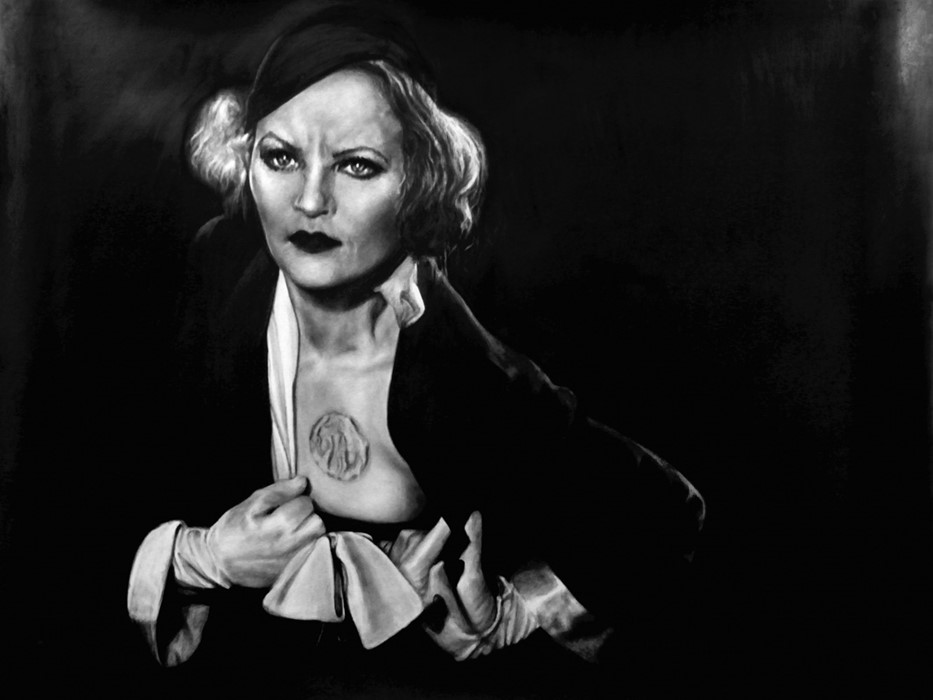
The woman’s body becomes a direct reference to the American landscape; as Fornieles explains, “the dip in her back becomes one of the dust bowls that spread across America at the time. I became acutely aware that the drunken pleasure of the few depicted was thrown into the bigger economic picture.” So, the woman’s body becomes a battleground and, while the intrigue found in the genre of pre-code is that it seems to offer a reasonably truthful reflection of its time, it is riddled with many of the same issues that are found in today’s cinema. Lack of complex female roles, few female directors and an abundance of female parts for mute or abused wives/strippers/waitresses/nurses.
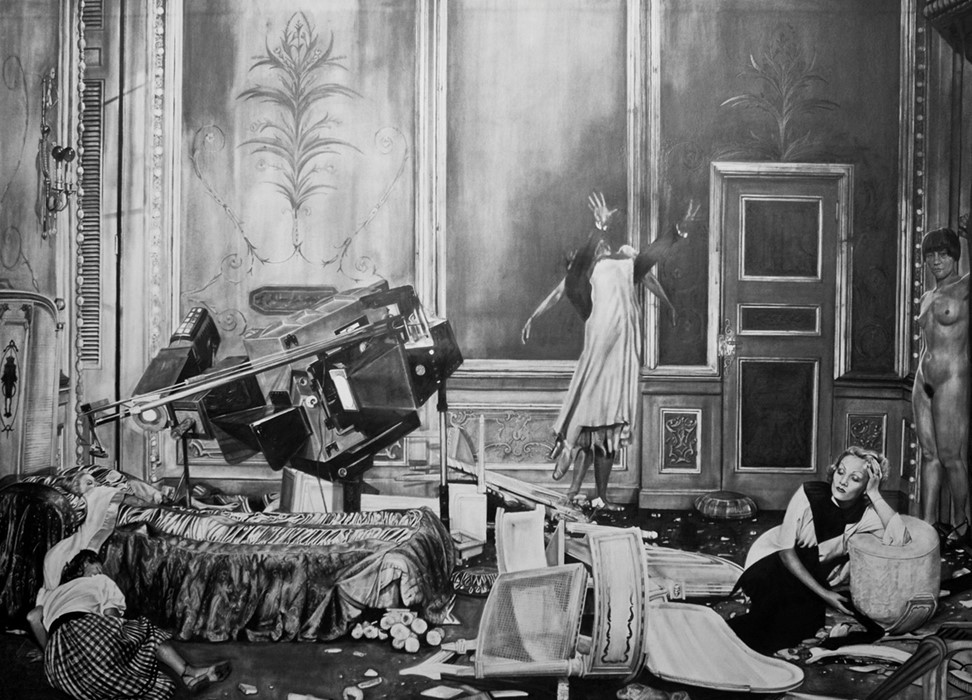
While Dorothy Arzner worked hard to push the strength of her female characters and, as Dr Margharita Sprio described, "lived her politics” by living with a female partner and competing in an unforgiving and patriarchal industry, the truths that she she reflected in her films are still disturbingly familiar; that, if a woman is to spurn her daddy’s money or strive to succeed on her own terms, then she may end up going Merrily To Hell. It is this message, woven not only through golden age cinema but also contemporary Hollywood, that Fowler speaks to – and means that, although her artworks may visually reflect a bygone era, they are still uneasily relevant in a contemporary world.
